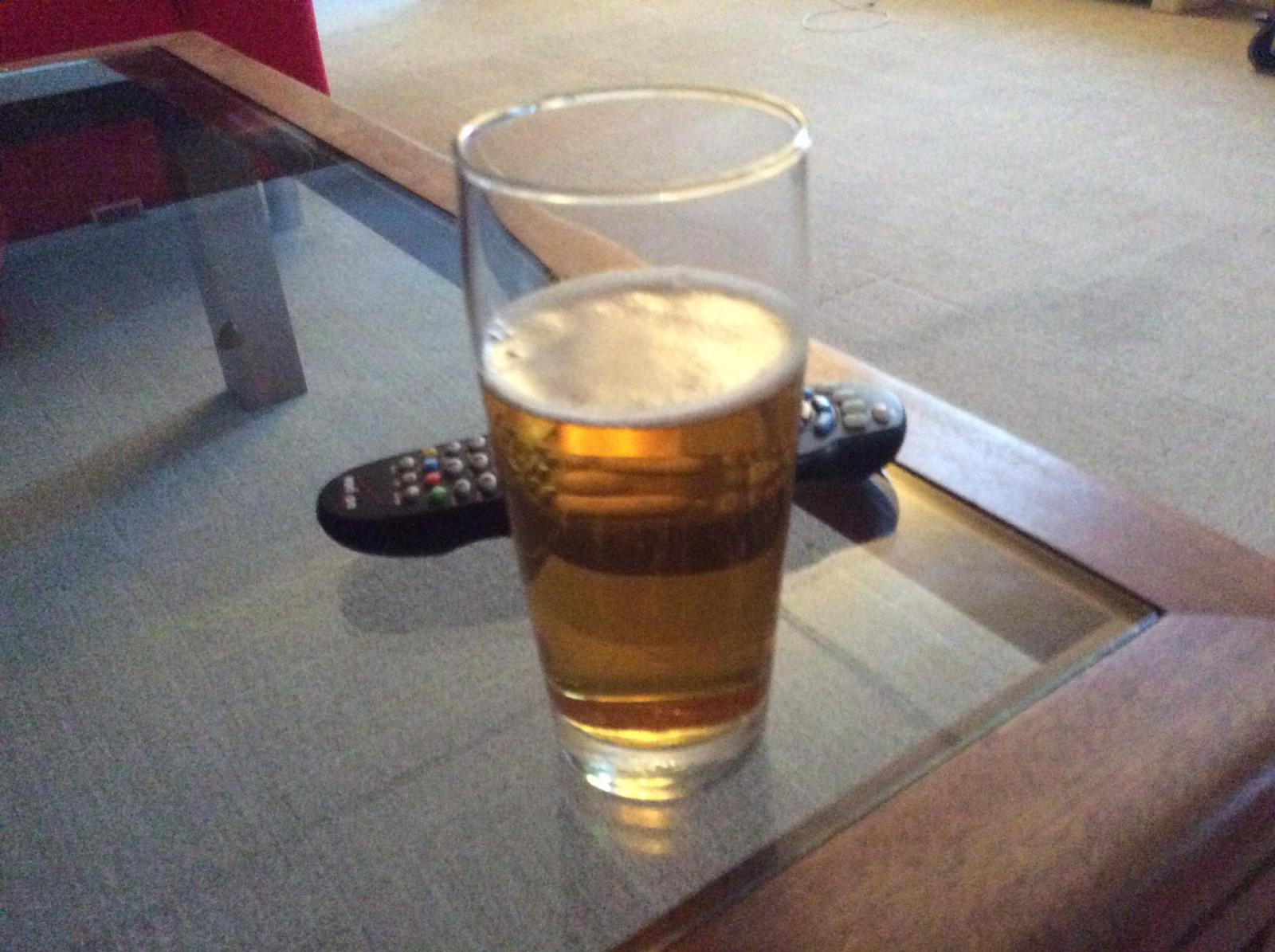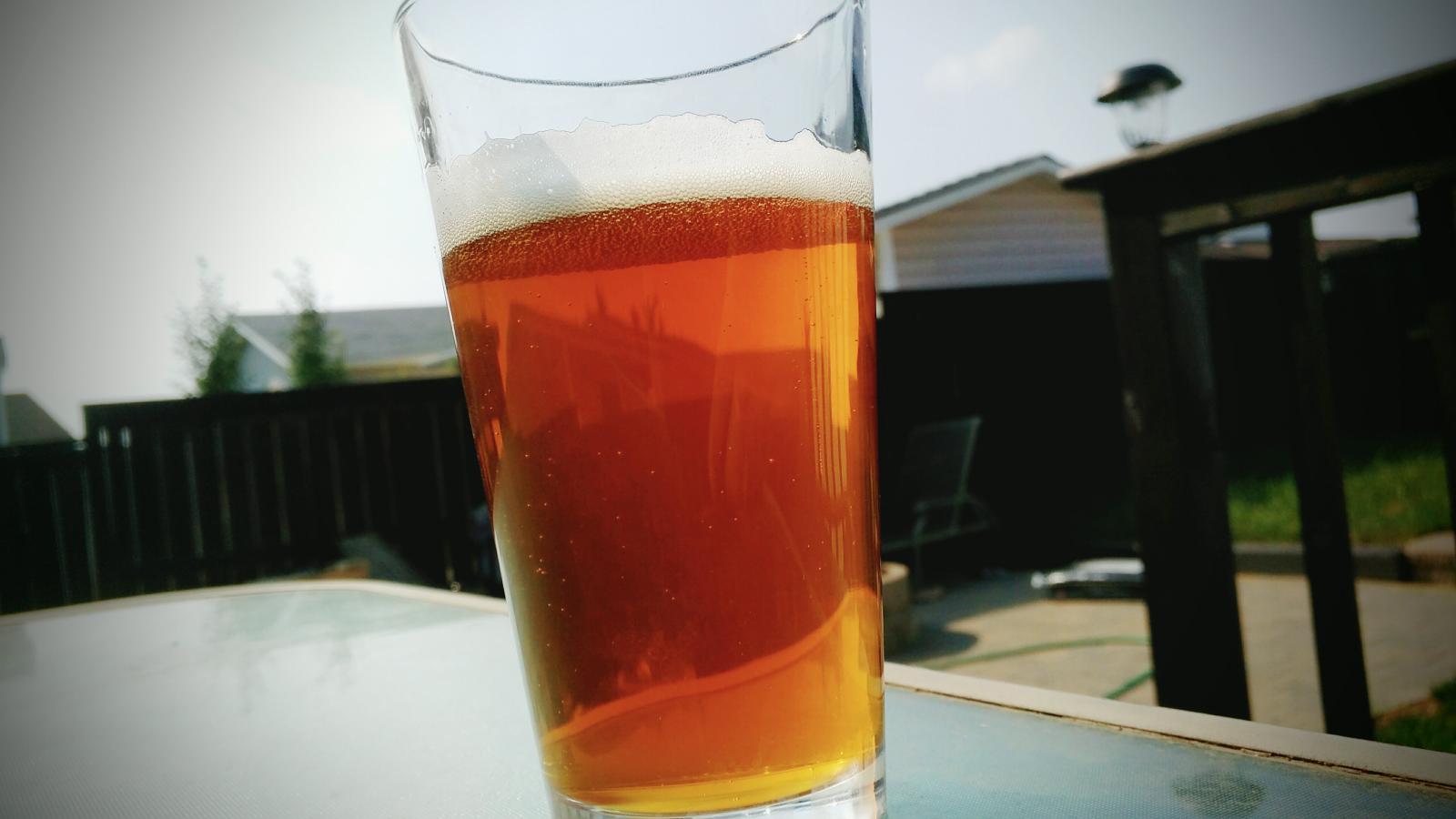Stevesauer
Well-Known Member
Hello all. Stupid question here. I cannot for the life of me achieve the elusive trub cone. I use a mud mixer and a drill, whirlpool for 2 minutes, and allow it to settle for 35-45 minutes. When I siphon the wort, I end up leaving behind about a gallon because I start picking up trub in the siphon. What am I doing wrong ? Am I letting it sit too long and the cone is spreading out? I siphon as close to the edge as possible too. I'm getting tired of low yields, but am unwilling to sacrifice clarity. I adjusted my trub loss figures in beersmith with limited success. I suppose I could pour the remaining gallon or so into a sanitized bucket which contains a 5 gal paint bag and siphon that to the fermenter, but I'd like to keep the process at 1 step. Any thoughts?





































![Craft A Brew - Safale S-04 Dry Yeast - Fermentis - English Ale Dry Yeast - For English and American Ales and Hard Apple Ciders - Ingredients for Home Brewing - Beer Making Supplies - [1 Pack]](https://m.media-amazon.com/images/I/41fVGNh6JfL._SL500_.jpg)























